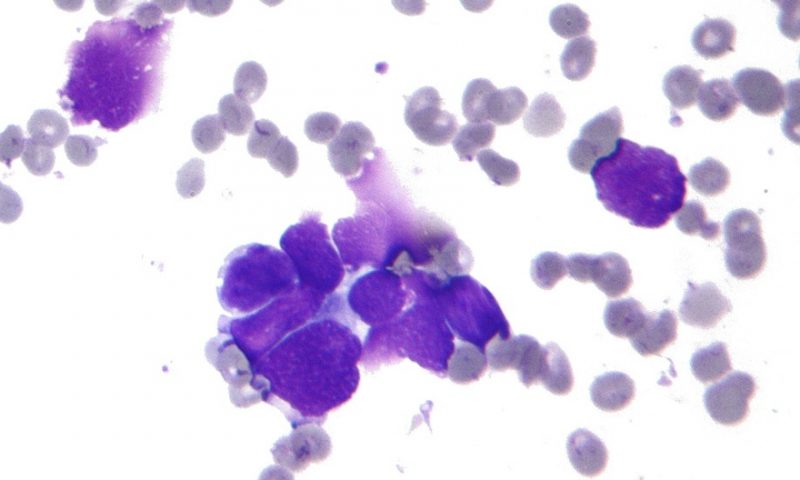AstraZeneca’s targeted drug Tagrisso is a go-to for treating non-small cell lung cancer (NSCLC) patients whose tumors harbor mutations in the gene EGFR. But patients invariably become resistant to the treatment over time, because their tumors develop new mutations that allow the cancer to escape treatment.
Now, Blueprint Medicines is reporting promising data from a preclinical study of a drug to target the most common resistance mutations in EGFR-mutated NSCLC. In mouse models of EGFR NSCLC with three such mutations, the drug, BLU-945, caused tumors to shrink, Blueprint announced at the virtual meeting of the European Society for Medical Oncology (ESMO).
BLU-945 is designed to target EGFR tumors with either activating L858R or exon 19 deletion mutations plus acquired T790M and C797S, all of which drive resistance to the current generation of EGFR inhibitors.
Blueprint created a mouse model of drug-resistant NSCLC using tumor samples from a patient whose disease progressed after five lines of therapy. The company said that monotherapy with BLU-945 resulted in anti-tumor activity, and combining the drug with Tagrisso prompted tumor regression.
Targeting acquired resistance to EGFR inhibition is a hot area of drug discovery. Yesterday at ESMO, Johnson & Johnson’s Janssen presented promising early data from a clinical trial combining Tagrisso with amivantamab, which targets EGFR and MET pathways. The drug was effective in 20 newly diagnosed patients and 45 people who had worsened after taking Tagrisso.
Earlier this month, BridgeBio’s Navire Pharma said it was headed to clinical trials of a drug that inhibits SHP2, another escape pathway for EGFR NSCLC. In mouse models, the drug caused tumor shrinkage, both as a monotherapy and in combination with Tagrisso.
Blueprint expects to start clinical trials of BLU-945 in the first half of 2021, the company said during ESMO. The company is also working on bringing forward a drug candidate that can target brain metastases in NSCLC that harbor two EGFR resistance mutations.

